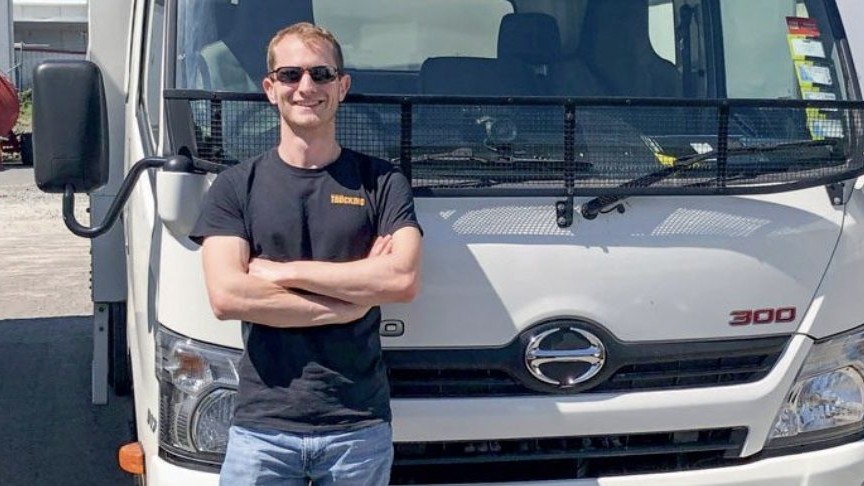
Every now and then a theme pops up in the industry that dominates the times. This year more than any other the move to alternative methods of propulsion – predominantly electrification – has been the one to dominate all others.
On a global scale, anyway. In New Zealand, it’s probably tied with commentary on the country’s roading infrastructure – but that’s long been a constant in our transport industry’s lexicon … one of those things that makes the job a little more difficult and absolutely has to be kept front of mind.
Truly, though, the move away from fossil fuels and to electrification has dominated the global automotive landscape this year and commercial vehicles are no exception. I know it’s something we’ve spoken about a lot lately, but for good reason. So, here’s one last lash for 2022.
We’ve sampled more trucks powered by electrons this year – both locally and internationally – than we have in any other. It’s been a prominent topic of discussion generally and in formal forums – again more so than it has been previously. Undoubtedly, it’s just the start. This is the early stage of an evolution in transport that is gaining in momentum with each passing year – so brace yourself for more of the same.
Personally, I love engines, mechanics, a bit of noise… all that good stuff. But each time I experience an electric vehicle I become more convinced of their merits. If you’re just commuting and not regularly travelling across the country – probably the majority of motorists – they make an exceptional amount of sense. The Motor Industry Association’s numbers for November show that EV sales year to date are more than 2.5 times higher than last year and continue to rise.
When it comes to commercial vehicles, things are a little more complicated for sure. However, just like it does for Commuter Joe, there’s a case to be made right now for the switch to electric for operators of metro-based trucks. Not for the whole sector all at once, obviously, but now is the time for the early adopters to start thinking seriously about these things. Solutions and assistance exist, the vehicles are available. A bit of conversation, investigation, number crunching, forethought and potential tweaking of operations here and there could quickly change the idea of what’s possible.
OEMs suggest cost parity with diesel by 2025 and I’d imagine that’s when we’ll start seeing notable changes in the current vehicular landscape. Battery-electric trucks running the length of SH1 might not be as far-fetched as it sounds.
Of course, the industry will continue to chase government targets over the next decade. There are challenges, as Dave commented last week, primarily that these targets are currently not being backed up by enabling action on the part of the legislators. Taking a wait-and-see approach for that to sort itself out won’t be best, either. Industry needs to drive their action as much as they’re driving industry’s.
As for how this topic will evolve in 2023, I’m excited to find out. At the risk of stating the obvious, I suspect it’ll continue to be a dominating theme…
All the best,
Gavin Myers
Editor
Read more
Pouring concrete
0 Comments5 Minutes
What’s going on?
1 Comment4 Minutes




